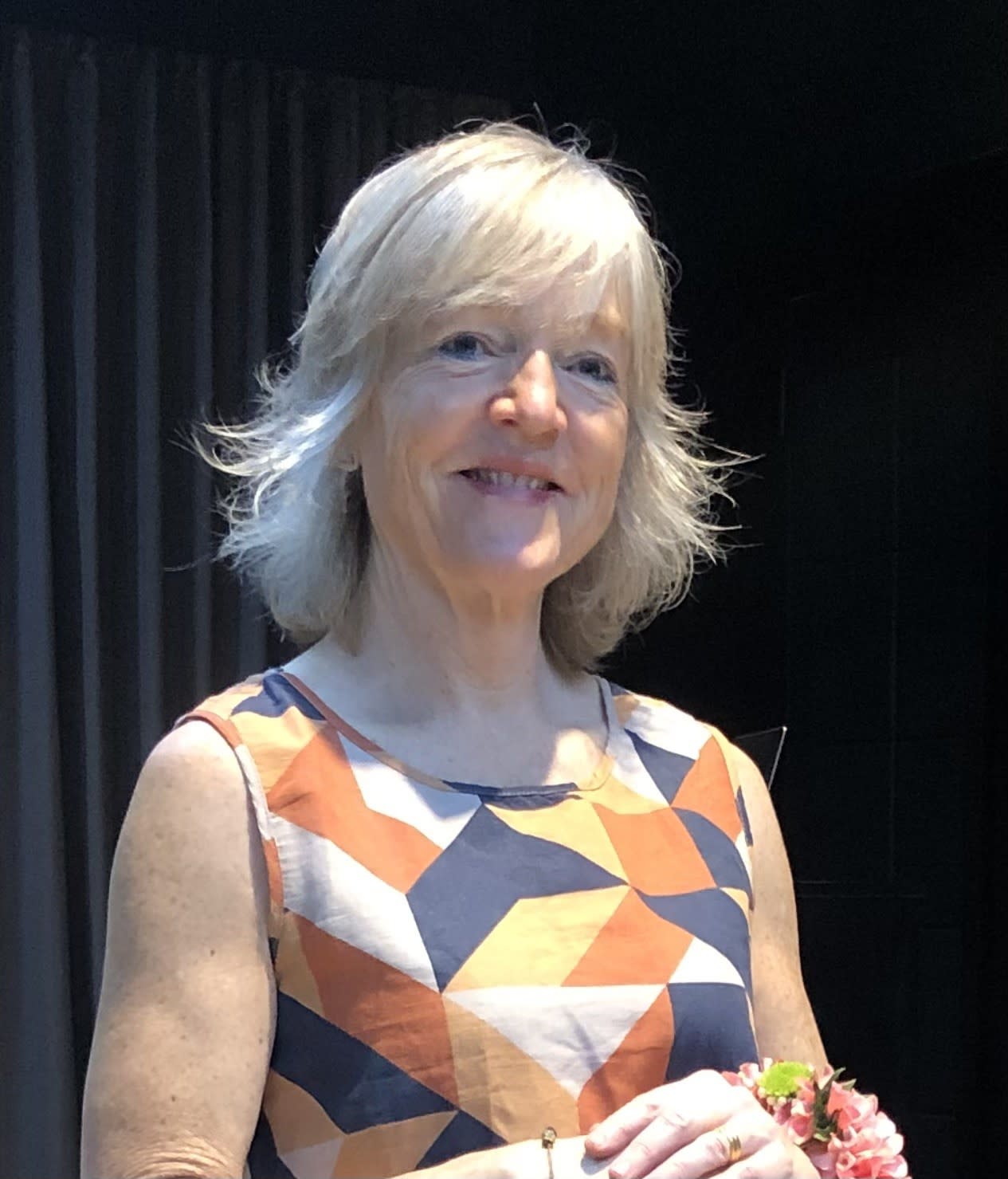Open Space - July 2025: Crafting a story of music-movement pedagogy: an autoethnographic arts-based inquiry
Crafting a story of music-movement pedagogy: an autoethnographic arts-based inquiry
Bethan Habron-James
Having practiced and taught a music-movement pedagogy called Dalcroze Eurhythmics (DE) for twenty-five years, I am coming towards the end of a doctoral inquiry into my own Dalcroze narrative. The aim of the study is to glean insights into the culture and practice of this approach to music education, and to ask, what exactly do we do when we ‘do Dalcroze’? Inspired by Anderson and Glass-Coffin (2016), and indeed by the practice of DE itself, my research has been guided by a spirit of ‘Learning by Going’. I have also been ‘learning by doing’ – making short films, stitching collages, improvising musically, listening through writing, all as ways of making meaning.
The format of my CANI-net session will be exploratory and layered in nature.
· I will share insights into my autoethnographic arts-based-research, and how I identify with the concept of a/r/tography (artist, researcher, teacher)
· we will observe some short films
· there will be an opportunity to experience Dalcroze first-hand, by responding to sound in movement
· a story will unfold of a wayfaring pilgrim in search of her body
These layers will be punctuated with times to reflectively respond to what is seen, heard, or imagined, through writing or drawing. To close, each participant will be invited to weave their various threads of responses together to create their own collaged tapestry of meaning.
Should you wish to read something about Dalcroze before the meeting, Le Rythme, is an annually produced international journal for researchers and practitioners in the field of Eurhythmics. https://fier.com/uploads/pdf/le-rythme-2019.pdf
I can suggest the following three short articles from the 2019 edition:
· Karin Greenhead’s Hidden in Plain Sight? Challenges to the Understanding of Dalcroze Eurhythmics Today (p.23)
· Marja-Leena Juntunen’s Dalcroze Eurhythmics - a Method, an Approach, a Pedagogy or a Philosophy? (p. 49)
· John Habron’s Dalcroze and Disciplinarity (p. 90)
Reference:
Anderson, L. & Glass-Coffin, “I Learn by Going: Autoethnographic Modes of Inquiry,” in Handbook of Autoethnography, ed. Stacy Holman Jones, Tony E. Adams, and Carolyn Ellis, 2nd Edition (New York: Routledge, 2016), 57–83. p. 58.
Biography:
After working with professional orchestras as a violinist for some years, my career path took a turn towards music education in my mid-thirties, and in particular towards the connection between making music and the movement of the body. Following two years of study at the Institut Jaques-Dalcroze in Geneva, Switzerland at the end of the ‘90s, I established a freelance practice as a music educator, focusing on the Dalcroze approach to musicianship. I have taught at the Royal Northern College of Music, Manchester, and educated musicians, teachers, and children of all abilities for 25 years. My work focuses on the body as primary instrument, developing rhythmic awareness, embodied aural acuity and improvisation skills. In 2013, I gained the Diplôme Supérieur of the Institut Jaques-Dalcroze, becoming an international ambassador and teacher trainer of Dalcroze Eurhythmics.
My love of studying and my passion for my subject area took me back to university in 2017. I am now coming towards the end of my doctoral studies at Bangor University, North Wales where I am inquiring into my body’s story and its encounter with Dalcroze. With Welsh as my mother-tongue, I am delighted to be living back in Wales, on Ynys Môn, near the famous village of Llanfairpwllgwyngyllgogerychwyrndrobwllllandisiliogogogoch!


